Mercedes AIRMATIC Restoration Guide: Strut & Sensor Replacement Steps
A thorough assessment is key to a successful Mercedes AIRMATIC restoration, focusing on suspension s…….
In the ever-evolving automotive landscape, the concept of vehicle restoration has transcended mere mechanical repairs, embracing a holistic approach that delves into historical preservation, technological innovation, and economic sustainability. Among the diverse spectrum of restoration practices, “Mercedes AIRMATIC” stands as a beacon of precision engineering and passenger comfort, requiring specialized techniques and an in-depth understanding of its unique components. This article aims to embark on a comprehensive journey through the intricacies of Mercedes AIRMATIC restoration, shedding light on its historical evolution, global impact, technological leaps, and the challenges it faces in an ever-changing market. By exploring these facets, we will uncover the significance of this art form and its role in shaping the future of automotive restoration.
Definition: Mercedes AIRMATIC restoration refers to the meticulous process of restoring and revitalizing the advanced suspension system featured in select Mercedes-Benz vehicles, known as the AIRMATIC (Air-sprung Independent Suspension) system. This innovative technology, introduced in the late 20th century, revolutionized vehicle dynamics by offering unparalleled ride quality and handling.
Core Components: The AIRMATIC system comprises several critical elements:
Air Springs: These are compressed air-filled bags that provide suspension and absorb road imperfections, ensuring a smooth ride. Each wheel is equipped with an individual air spring, allowing for precise control over vehicle dynamics.
Control Valves: These valves regulate the flow of air between the springs, enabling active adjustment to changing road conditions. They are electronically controlled, contributing to the system’s advanced capabilities.
Compression and Decompression Units: These components manage the pressure within the air springs, ensuring optimal performance. They work in conjunction with the control valves to achieve a seamless ride.
Sensor Technology: Mercedes AIRMATIC systems employ various sensors to monitor wheel movement, road conditions, and vehicle speed, feeding this data into advanced control units that adjust the suspension accordingly.
Historical Context: The development of the AIRMATIC system can be traced back to Mercedes-Benz’s pursuit of excellence in automotive engineering. Introduced for the first time in the 1980s, it was designed to offer a balance between comfort and handling, setting a new standard in luxury vehicle dynamics. Over the years, the system has evolved, incorporating technological advancements that have refined its performance and efficiency.
Significance: Mercedes AIRMATIC restoration holds immense importance for several reasons:
Preserving Automotive Heritage: Restoring these vehicles not only ensures the preservation of a significant portion of automotive history but also keeps alive the legacy of Mercedes-Benz’s engineering prowess.
Enhanced Performance and Ride Quality: Proper restoration can revive the system’s original performance, providing drivers with an unparalleled ride experience that reflects the vehicle’s premium positioning.
Longevity and Reliability: AIRMATIC systems, when maintained and restored correctly, are known for their longevity, ensuring that these vehicles remain in top condition for years to come.
Mercedes AIRMATIC restoration has transcended geographical boundaries, captivating enthusiasts and professionals worldwide. This global phenomenon is characterized by several key trends and influences:
| Region | Impact and Observations |
|---|---|
| North America | The market for Mercedes AIRMATIC restoration in the US and Canada is robust, driven by a passionate community of classic car owners. Restorations often involve modern upgrades to enhance performance while preserving historical accuracy. |
| Europe | Europe, particularly Germany and the UK, boasts a rich history of automotive restoration. Here, AIRMATIC restoration is highly specialized, with many workshops focusing on authentic reproduction and historic preservation. |
| Asia Pacific | In countries like Japan and South Korea, there’s a growing interest in classic Mercedes-Benz models, leading to an increase in AIRMATIC restoration projects. Importing parts and knowledge from Europe has contributed to the development of local restoration expertise. |
| Middle East | The region’s affluence and passion for luxury vehicles have fueled the demand for high-quality Mercedes AIRMATIC restorations, often involving state-of-the-art facilities and bespoke customizations. |
Key Global Trends:
Vintage Revival: There is a global trend among car enthusiasts to embrace vintage vehicles, leading to an increase in demand for restoration services, including Mercedes AIRMATIC.
Customization and Personalization: Modern restoration practices often incorporate custom upgrades, reflecting individual tastes while maintaining the vehicle’s historical integrity.
Technological Integration: Restorers are increasingly integrating modern technology, such as advanced diagnostic tools and performance enhancements, to meet contemporary standards without compromising authenticity.
The economic aspects of Mercedes AIRMATIC restoration are multifaceted, impacting both the restoration industry and the broader automotive market.
Market Dynamics:
Demanda for Classic Cars: The global market for classic and vintage vehicles has experienced substantial growth, fueled by a combination of nostalgia, exclusivity, and the desire for unique driving experiences. This surge in demand drives the need for specialized restoration services.
Partnerships and Suppliers: Restoration businesses often collaborate with original equipment manufacturers (OEMs) and specialty suppliers to source authentic parts, ensuring the highest quality standards. These partnerships can lead to exclusive deals and customized solutions.
Investment Patterns:
High-End Restorations: Premium restoration projects command substantial investment, reflecting the intricate work involved and the use of specialized materials and technologies.
Market Niche Opportunities: The niche market for Mercedes AIRMATIC restoration presents a lucrative opportunity for skilled restorers to establish themselves as experts in this field, attracting clients willing to invest in exceptional craftsmanship.
Economic Impact on Systems:
Job Creation: Restoration workshops directly contribute to local economies by generating employment opportunities, from highly skilled technicians to support staff.
Tourism and Cultural Preservation: In regions with a rich automotive heritage, restoration businesses can become tourist attractions, drawing visitors interested in experiencing the art of restoration and learning about automotive history.
Mercedes AIRMATIC restoration has been significantly influenced by technological advancements, revolutionizing both the restoration process and the final product.
Innovations in Restoration Techniques:
Computer-Aided Design (CAD): CAD technology allows restorers to create precise digital models of components, facilitating complex measurements and ensuring accurate reproduction.
3D Printing: This additive manufacturing process has found applications in restoration by creating custom parts, especially for rare or discontinued items, at a fraction of the time and cost of traditional fabrication methods.
Advanced Materials: Newer materials, such as lightweight composites and high-performance polymers, offer restorers alternatives to original components, enhancing durability and performance while preserving historical authenticity.
System Enhancements:
Electronic Control Units (ECUs): Upgrading or reprogramming ECUs can fine-tune the AIRMATIC system’s response, allowing restorers to tailor the suspension to individual preferences while maintaining safety standards.
Sensor Integration: Integrating modern sensors into restored vehicles enables advanced driver assistance systems (ADAS) and vehicle-to-vehicle communication, enhancing overall safety and connectivity.
The restoration industry, including Mercedes AIRMATIC restorations, operates within a framework of policies and regulations that vary across jurisdictions. These guidelines are essential for ensuring consumer safety, preserving historical integrity, and promoting ethical business practices.
Key Regulatory Considerations:
Vehicle Safety Standards: Restorers must adhere to safety regulations, particularly regarding structural integrity, lighting systems, and emissions control, to ensure restored vehicles meet contemporary standards.
Historical Preservation Laws: Many countries have laws protecting vintage vehicles and their historical authenticity, requiring restorers to follow strict guidelines to avoid altering original features.
Intellectual Property Rights: Restorers must respect OEM intellectual property and trademark rights when sourcing parts or employing proprietary technologies.
International Agreements:
World Customs Organization (WCO): The WCO facilitates international trade in goods, including vehicles, by providing standardized rules and procedures, which restorers must navigate when importing or exporting restoration components.
Automotive Industry Action Plan (AIAP): This initiative promotes sustainable practices within the automotive sector, influencing restoration methods by encouraging the use of eco-friendly materials and processes.
Despite its numerous advantages, Mercedes AIRMATIC restoration faces several challenges and criticisms that restorers must address to ensure the sustainability and credibility of this art form.
Main Challenges:
Part Availability: Sourcing authentic replacement parts, especially for older models, can be challenging, leading to delays or the need for custom fabrication.
Technical Complexity: The intricate nature of the AIRMATIC system requires highly skilled technicians, making it difficult to find and retain qualified restorers.
Cost and Pricing: Restoration projects, particularly those involving extensive work or custom upgrades, can be expensive, potentially pricing out some enthusiasts and owners.
Criticisms and Solutions:
Lack of Standardization: The restoration process lacks universal standards, leading to variations in quality and historical accuracy across different workshops. Implementing industry-wide guidelines could address this issue.
Over-Customization: While customization is a desirable aspect, excessive alterations can devalue the historical significance of vehicles. Restorers should strike a balance between personalization and preserving authenticity.
Environmental Concerns: Traditional restoration practices may contribute to environmental impact due to material waste and energy consumption. Adopting eco-friendly methods and materials can mitigate these concerns.
To gain a deeper understanding of Mercedes AIRMATIC restoration, let’s explore two successful case studies that highlight the art and science behind this specialized craft.
Case Study 1: Restoring a 1985 Mercedes-Benz S-Class (W140)
A passionate car collector commissioned a full restoration of his 1985 S-Class, aiming to return it to its original glory while incorporating modern upgrades for enhanced performance and comfort. The process involved:
Dismantling: The vehicle was thoroughly disassembled, with each component inspected and recorded for future reference.
Parts Sourcing: Authentic replacement parts were sourced from specialized suppliers worldwide, ensuring originality and quality.
AIRMATIC Restoration: The AIRMATIC system was fully restored, with new air springs, control valves, and compression units installed. Modern sensors and ECUs were added to enhance performance and enable advanced driver assistance features.
Interior Refinement: The interior was refurbished with period-correct materials, featuring a custom-made leather seat design and a modern infotainment system seamlessly integrated into the dashboard.
Case Study 2: Revitalizing a 1990s Mercedes-Benz SL (R129)
This project involved the restoration of an R129 SL, focusing on both historical accuracy and performance improvement. The restorer achieved the following:
Frame and Body Restoration: The vehicle’s frame and body panels were thoroughly repaired and repainted, with meticulous attention to detail.
Suspension Upgrades: In addition to restoring the original AIRMATIC system, the restorer installed adjustable coilovers for improved handling and a more personalized ride.
Engine and Transmission Overhaul: The engine and transmission were completely rebuilt, incorporating modern upgrades for better performance and efficiency while preserving the vehicle’s character.
Electrical System Modernization: A new electrical system was installed, incorporating modern lighting and electronic components while retaining the classic aesthetic.
The Mercedes AIRMATIC restoration industry is poised for growth and innovation as it navigates the intersection of history, technology, and sustainability. Several emerging trends and strategic considerations shape its future trajectory:
Eco-Friendly Restorations: There will be a growing emphasis on environmentally conscious restoration practices, utilizing recycled materials, energy-efficient techniques, and sustainable sourcing of components.
Digitalization and Virtual Reality: Digital technologies, including 3D modeling and virtual reality, will play a more significant role in design, planning, and visualization during the restoration process.
Global Collaboration: The industry is expected to see increased collaboration between restorers worldwide, facilitating knowledge sharing, parts sourcing, and the development of international standards.
Customization and Personalization: While preserving historical authenticity remains crucial, there will be a continued demand for customized restorations, catering to individual tastes and lifestyle preferences.
Mercedes AIRMATIC restoration is more than just a mechanical endeavor; it is an art form that intertwines automotive history, engineering excellence, and technological innovation. Through meticulous restoration techniques, skilled craftsmen revive these iconic vehicles, ensuring their legacy endures for future generations. As the industry navigates challenges and embraces new opportunities, the future of Mercedes AIRMATIC restoration promises to be vibrant, with a focus on sustainability, customization, and global collaboration.
By delving into this comprehensive guide, readers have gained valuable insights into the intricate world of Mercedes AIRMATIC restoration, its impact, and its role in shaping the automotive landscape. As the industry continues to evolve, the dedication of restorers and enthusiasts will ensure that these remarkable vehicles remain a testament to engineering brilliance and timeless design.
Q: What makes Mercedes AIRMATIC restoration unique?
A: The restoration process involves working with a complex system that combines advanced engineering with precise craftsmanship. Restoring this system requires specialized knowledge and tools to ensure it functions optimally while preserving its historical integrity.
Q: Can I restore my old Mercedes myself?
A: While some basic restoration tasks may be accomplished by enthusiasts, the AIRMATIC system’s complexity often necessitates professional expertise. Specialized training and access to authentic parts are essential for a successful and safe restoration.
Q: How do I find a reputable Mercedes AIRMATIC restorer?
A: Reputable restorers typically have a strong portfolio, positive customer reviews, and industry certifications. Referrals from trusted sources, online forums, and social media groups can be valuable resources in locating experienced restorers.
Q: Are there any legal restrictions on restoring vintage Mercedes-Benz vehicles?
A: Restoring vintage vehicles is generally legal, but specific regulations vary by region. It’s essential to understand and comply with local laws regarding historical vehicle preservation, safety standards, and intellectual property rights.
Q: Can modern technology enhance the performance of a restored Mercedes AIRMATIC?
A: Absolutely! Modern sensors, ECUs, and upgraded components can improve performance, handling, and comfort while ensuring the restoration retains its original character. However, balancing historical accuracy with technological enhancements is crucial.

A thorough assessment is key to a successful Mercedes AIRMATIC restoration, focusing on suspension s…….
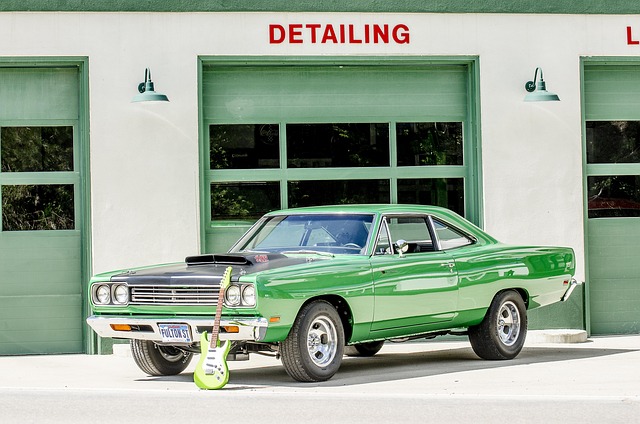
Mercedes AIRMATIC suspension restoration is a specialized process that enhances vehicle performance…….
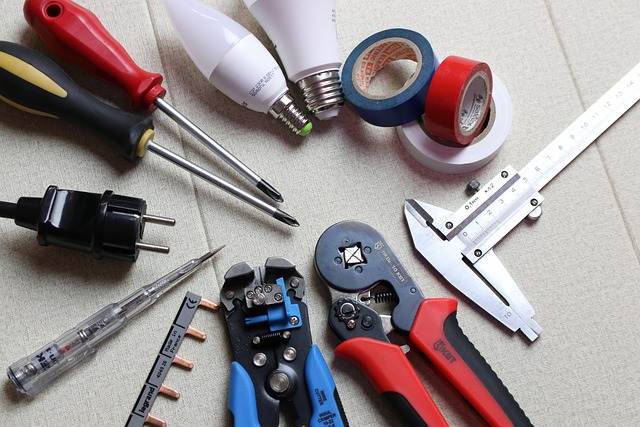
Mercedes AIRMATIC restoration involves advanced ECU (Electronic Control Unit) reprogramming and rele…….
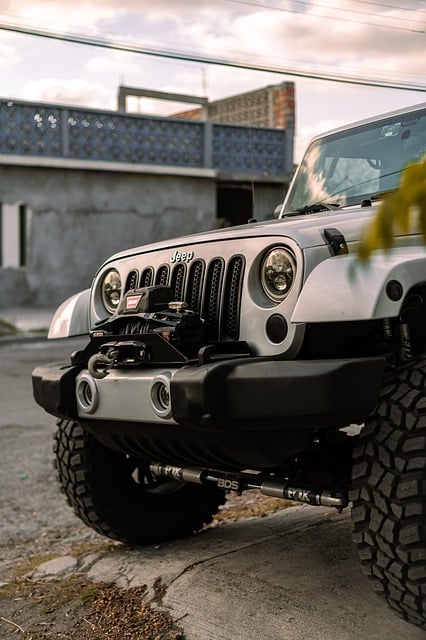
Mercedes AIRMATIC suspension restoration involves meticulous leak testing and precise valve calibrat…….
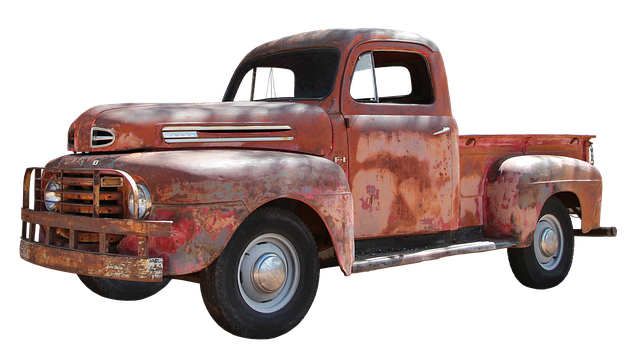
Mercedes AIRMATIC suspension systems, known for luxury and performance, use air springs instead of t…….
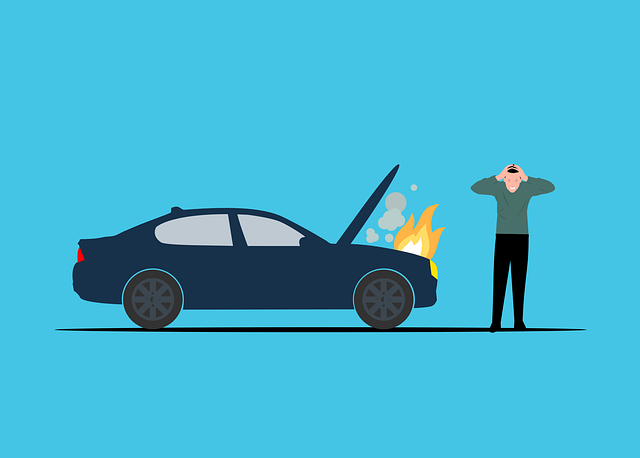
Mercedes AIRMATIC restoration requires specialized precision using factory-approved calibration tool…….
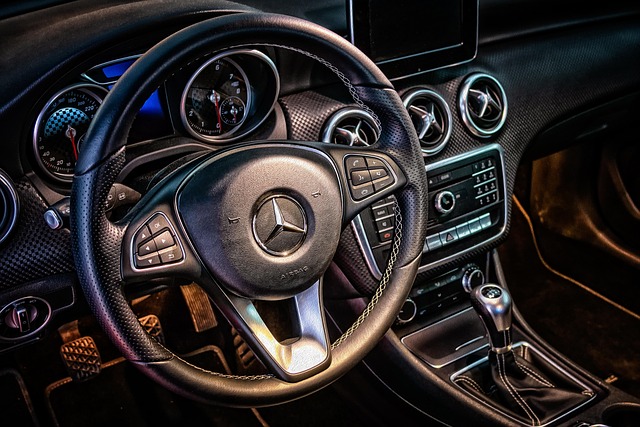
Mercedes AIRMATIC restoration is a specialized process requiring meticulous attention to detail and…….